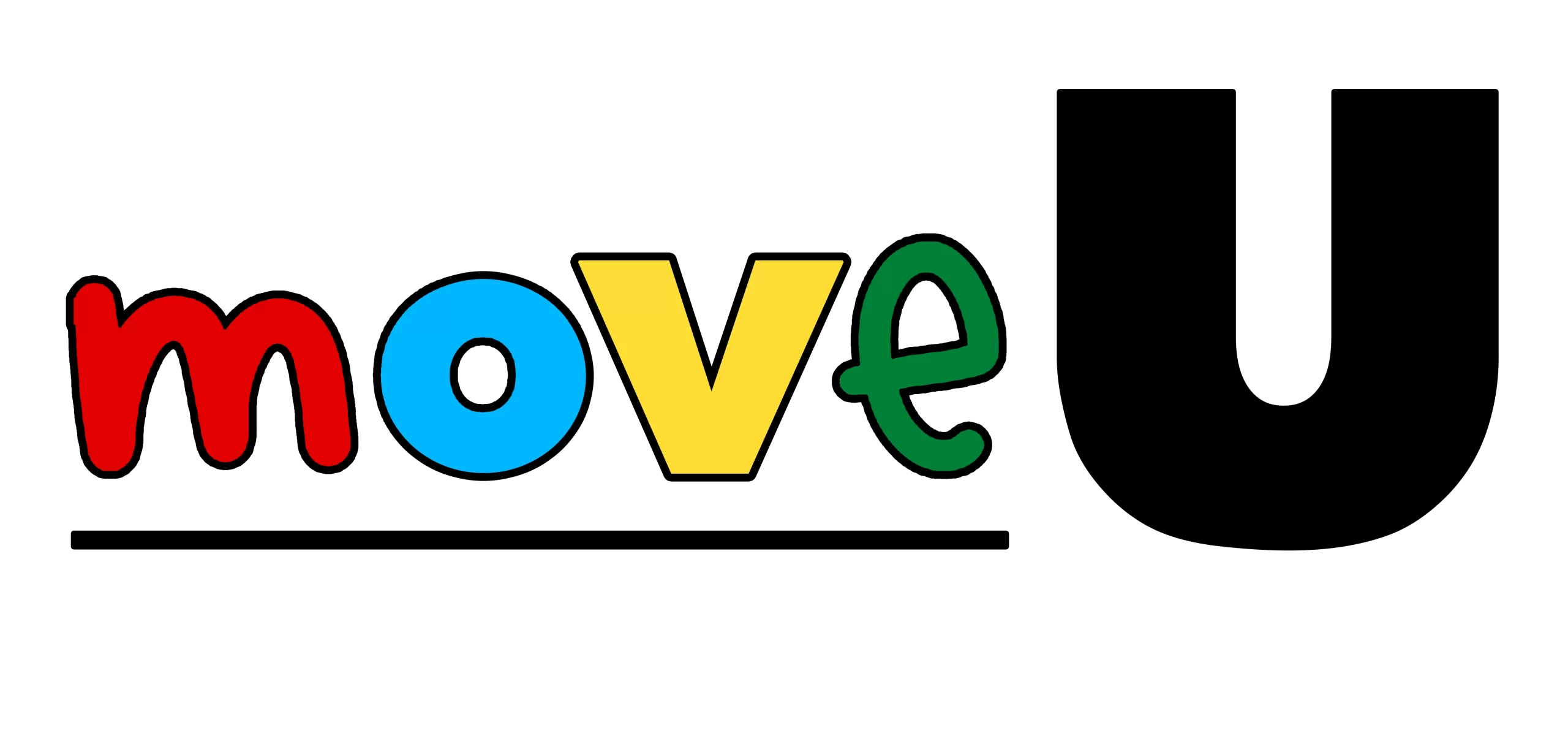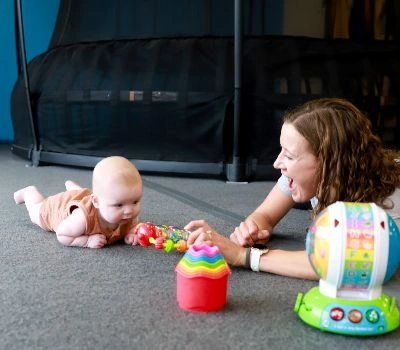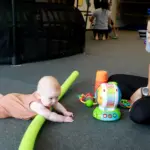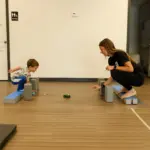What is Torticollis?
Congenital muscular torticollis is a tightness of neck muscles present at birth which causes the head to tilt towards one shoulder and the chin to turn toward the opposite shoulder. If left untreated this muscular tightness can lead to complications including gross motor delay and plagiocephaly (i.e. flatness on one side of the head).
- As a parent, can be tricky to understand when to seek guidance if you notice these symptoms or get a diagnosis from your doctor. Here’s a few things to look for:You notice your child’s resting head position is primarily tilted or turned to the same side regardless of their body position
- You notice a flattening of the back or side of your child’s head
- Your child receives a torticollis diagnosis from their doctor
- before 3-4 months of age as early intervention results in the improved clinical outcomes with conservative PT treatment and shorter average duration of treatment
- Why should I seek intervention?
- Improve your child’s ease of movement and development of gross motor skills including tummy time, rolling, crawling, sitting, reaching, and future skills.
- Decrease your child’s risk for physical head deformities and the need for a head shaping helmet
- What can I do at home in addition to bringing my child to PT?
- Alter your child’s environment to encourage them to look toward their non preferred side. Strategies can include altering toy placement, car seat/crib/changing station orientation, and holding positions.
- Limit the time your child spends in restraints such as bouncers, swings, and baby chairs. Supervised floor time is best for your child’s development because it allows them to move freely to explore their body and environment. Specifically, tummy time will aid in development of neck musculature. Aim for at least 1 hour of tummy time or modified tummy time (i.e. incline tummy time to increase tolerance can be completed tummy to caregiver’s chest or propped knees) per day broken up throughout the day.
Complete the specific home activities recommended by your child’s physical therapist. These activities will include a combination of stretching and strengthening activities tailored to meet your child’s specific needs.
At Move U, we are training in helping children overcome come symptoms of Torticollis. If you notice any of these within your child, reach out to us for a free 20 minute consult or full pediatric physical therapy treatment today!
Kaplan SL, Coulter C, Fetters L, et al. Physical Therapy Management of Congenital Muscular Torticollis: An Evidence-Based Clinical Practice Guideline Update. Pediatr Phys Ther. 2024;36(4):133-153. doi:10.1097/PEP.0000000000001083
Written by Pediatric PT Paige Liggett




